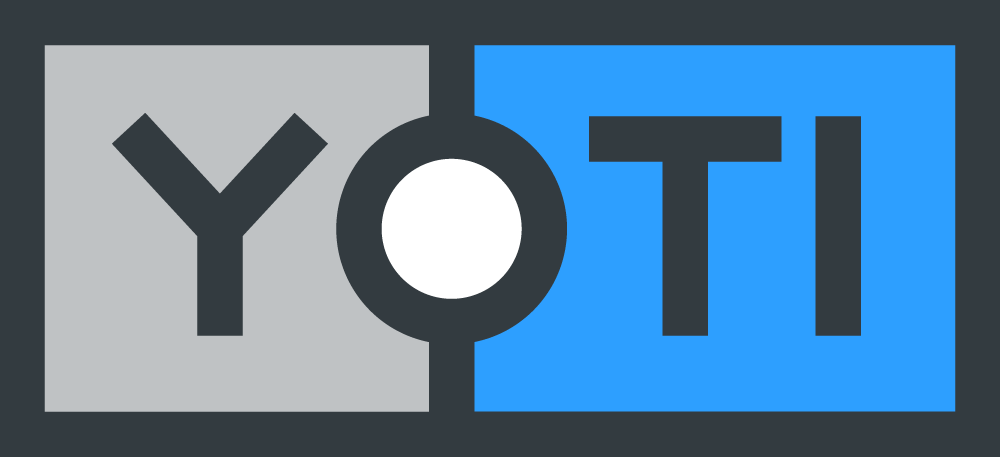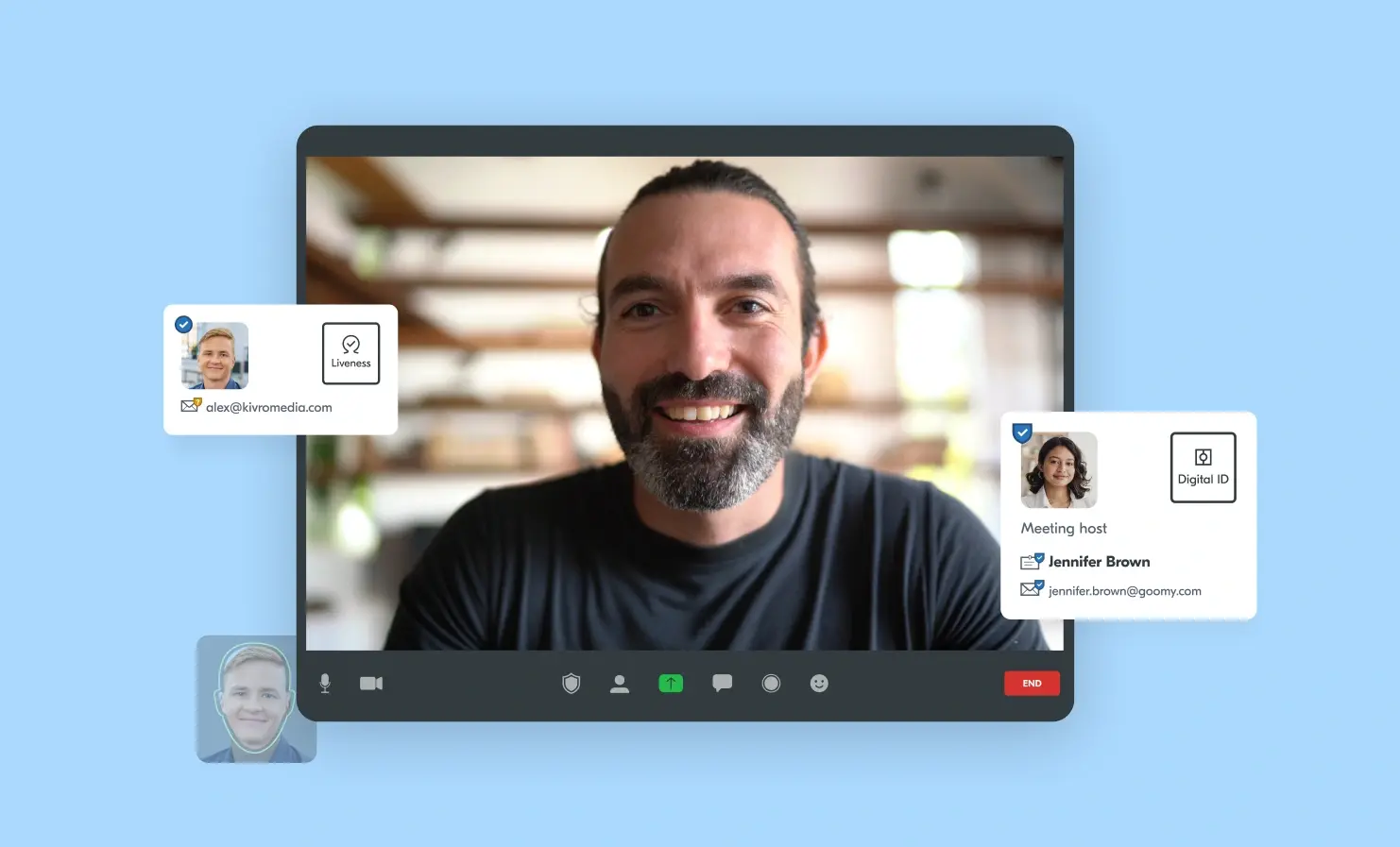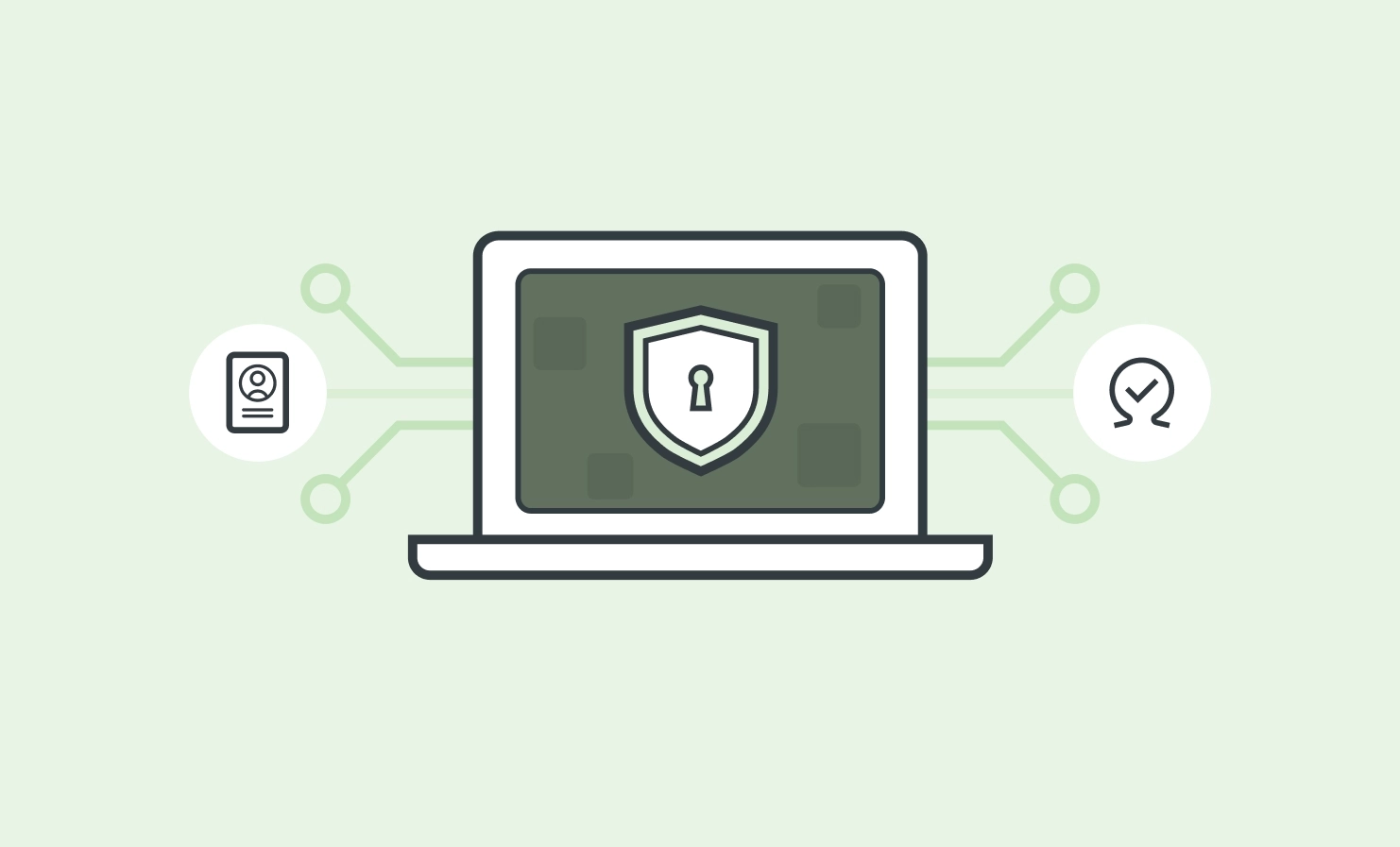
Many companies in the identity space talk of NIST certification. What does this mean for you as a user of identity services and what does it mean for your customers?
Who is NIST?
NIST is the National Institute of Standards and Technology (NIST), a non-regulatory agency of the United States Department of Commerce. NIST’s remit is to create and certify measures, standards and technology to enhance trade and productivity. Formed in 1901, their remit is to provide standards and certification for businesses. At first this included clocks and thermometers, all kinds of ‘weights and measures’. But over time the agency has grown to include tech, such as election technology and, of interest to us, cybersecurity.
What is NIST compliance?
Broadly, NIST certification means the product in question meets defined standards. Liveness is an anti-spoofing process that checks to ensure we are dealing with a real person. Not someone who is, for example, wearing a mask or using a photo or image of someone else. Our proprietary liveness detection technology, MyFace, is used across our suite of solutions including identity verification, digital ID and age verification.
What does NIST certified liveness mean?
NIST provides a framework for testing performance levels of liveness.
NIST Level 1 involves testing using things that could be found in a normal home or office. Materials used for testing should not cost more than $30. Masks are excluded. To pass NIST Level 1, you must detect every attack and limit false negatives to less than 15%.
NIST Level 2. Involves testing against more specialist attacks, such as latex facemasks or 3D printers. Materials used for testing should not cost more than $300.To pass NIST Level 2, you must detect 99% of attacks and limit false negatives to less than 15%.
Once a liveness service has passed testing, they will be issued with a Presentation Attack Detection (PAD) Confirmation letter that provides results and methodology used and what product was tested.
To learn more about our liveness products, please do get in touch.



